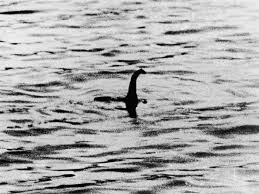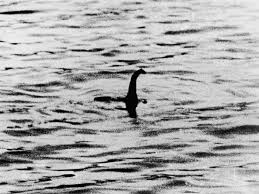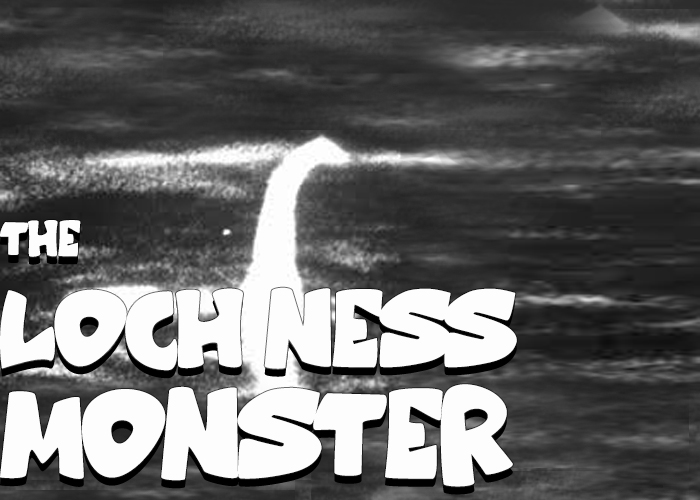
The legend of the Loch Ness Monster, affectionately known as “Nessie,” has captivated the imaginations of people worldwide for centuries. Nestled in the Scottish Highlands, Loch Ness is a large, deep freshwater loch that stretches approximately 23 miles (37 kilometers) southwest of Inverness. Despite numerous investigations and a lack of concrete evidence, belief in a mysterious creature inhabiting its depths persists. This article delves into the history, reported sightings, scientific investigations, and cultural impact of the Loch Ness Monster legend.
Early Accounts and Origins
The earliest known report of a strange creature in the vicinity of Loch Ness dates back to the 6th century. In the “Life of St. Columba,” written by Adomnán in the 7th century, there’s a story about the Irish monk Saint Columba encountering a “water beast” in the River Ness in 565 AD. According to the account, the creature attacked a swimmer, and Columba intervened, commanding the beast to retreat, which it did. While this tale is set in the River Ness rather than the loch itself, it is often cited as the first reference to a mysterious aquatic creature in the region.
Beyond this account, local folklore is rich with stories of water spirits and mythical creatures. The Picts, ancient inhabitants of Scotland, are known for their stone carvings, some of which depict mysterious beasts with flippers, possibly inspired by sightings or tales of unknown aquatic animals.
Modern Sightings
The modern fascination with Nessie began in the early 20th century. In 1933, a new road was completed along the shore of Loch Ness, offering unobstructed views of the loch. This development coincided with a surge in reported sightings.
- April 1933: A couple, John and Aldie Mackay, claimed to have seen a large animal rolling and plunging in the loch’s waters. Their account was reported in the Inverness Courier, sparking widespread interest.
- July 1933: Londoner George Spicer and his wife reported seeing a large creature cross the road in front of their car near the loch, describing it as having a long neck and a bulky body.
- December 1933: Motorcyclist Arthur Grant claimed to have nearly collided with a creature early in the morning. He described it as a cross between a seal and a plesiosaur, a marine reptile from the dinosaur era.
These reports led to increased media attention and numerous subsequent sightings, solidifying the Loch Ness Monster’s place in popular culture.
Photographs and Films

Over the years, several photographs and films have purported to capture Nessie, though many have been debunked or remain controversial.
- The “Surgeon’s Photograph” (1934): Perhaps the most famous image associated with the Loch Ness Monster, this photograph shows a serpent-like head and neck emerging from the water. Taken by London physician Robert Kenneth Wilson, it was published in the Daily Mail. Decades later, in 1994, it was revealed to be a hoax involving a toy submarine fitted with a sculpted head.
- Taylor Film (1938): South African tourist G.E. Taylor filmed an object in the loch for three minutes on 16mm color film. The footage was obtained by popular science writer Maurice Burton, who did not show it to other researchers. A single frame was published in his 1961 book, “The Elusive Monster,” but the film’s authenticity remains uncertain. en.wikipedia.org
- Dinsdale Film (1960): Aeronautical engineer Tim Dinsdale filmed a hump crossing the water, leaving a wake. Some experts who analyzed the footage believed it depicted an animate object, but others suggested it could be a boat.
- Holmes Video (2007): Laboratory technician Gordon Holmes captured video of a “jet black thing” moving fast in the water. Marine biologist Adrian Shine suggested the footage might show an otter, seal, or water bird. en.wikipedia.org
Scientific Investigations
Numerous scientific studies and expeditions have sought to uncover the truth behind the Loch Ness Monster legend.
- Edward Mountain Expedition (1934): British insurance magnate Edward Mountain financed a search involving 20 men equipped with binoculars and cameras stationed around the loch. Over five weeks, they took 21 photographs, but none were conclusive. en.wikipedia.org
- Loch Ness Investigation Bureau (1962-1972): Founded to study Loch Ness and investigate reports of the monster, the bureau conducted surface watches and sonar studies. Despite extensive efforts, definitive evidence remained elusive. encyclopedia.com
- Sonar Studies (1967-1968): Led by D. Gordon Tucker from the University of Birmingham, this study used sonar technology to detect objects in the loch. Some targets were identified, but their nature couldn’t be determined conclusively. en.wikipedia.org
- Operation Deepscan (1987): This extensive sonar exploration involved 24 boats scanning the loch simultaneously. Researchers detected unidentified objects of unusual size and strength, but further analysis suggested they might be debris or schools of fish. en.wikipedia.org
- DNA Survey (2018): An international team conducted a DNA survey of Loch Ness, analyzing water samples for genetic material. The study found no evidence of large fish or reptilian sequences but did detect significant eel DNA, suggesting the possibility of large eels. en.wikipedia.org
Recent Developments
Interest in Nessie continues into the 21st century, with new sightings and technological advancements contributing to the ongoing mystery.
- Sonar Image (2011): Boat captain Marcus Atkinson captured a sonar image of a 1.5-meter-wide object following his vessel at a depth of 23
Sources

